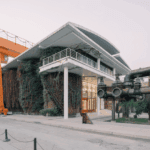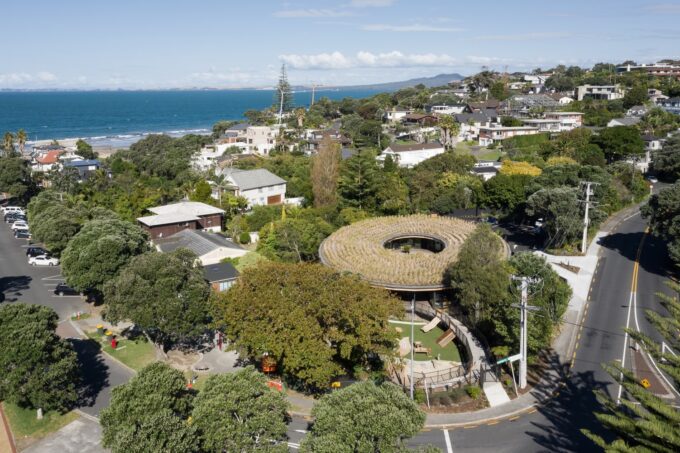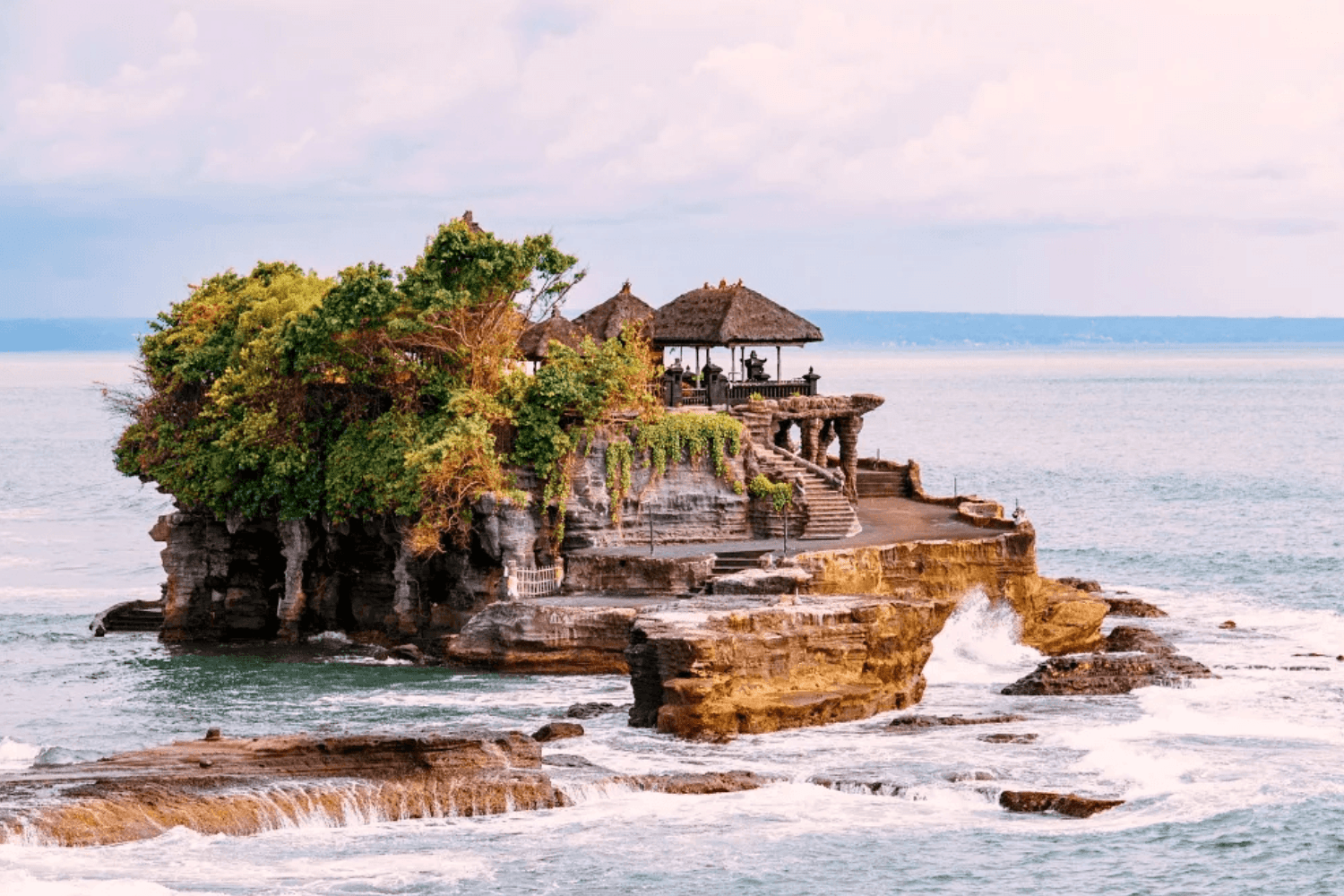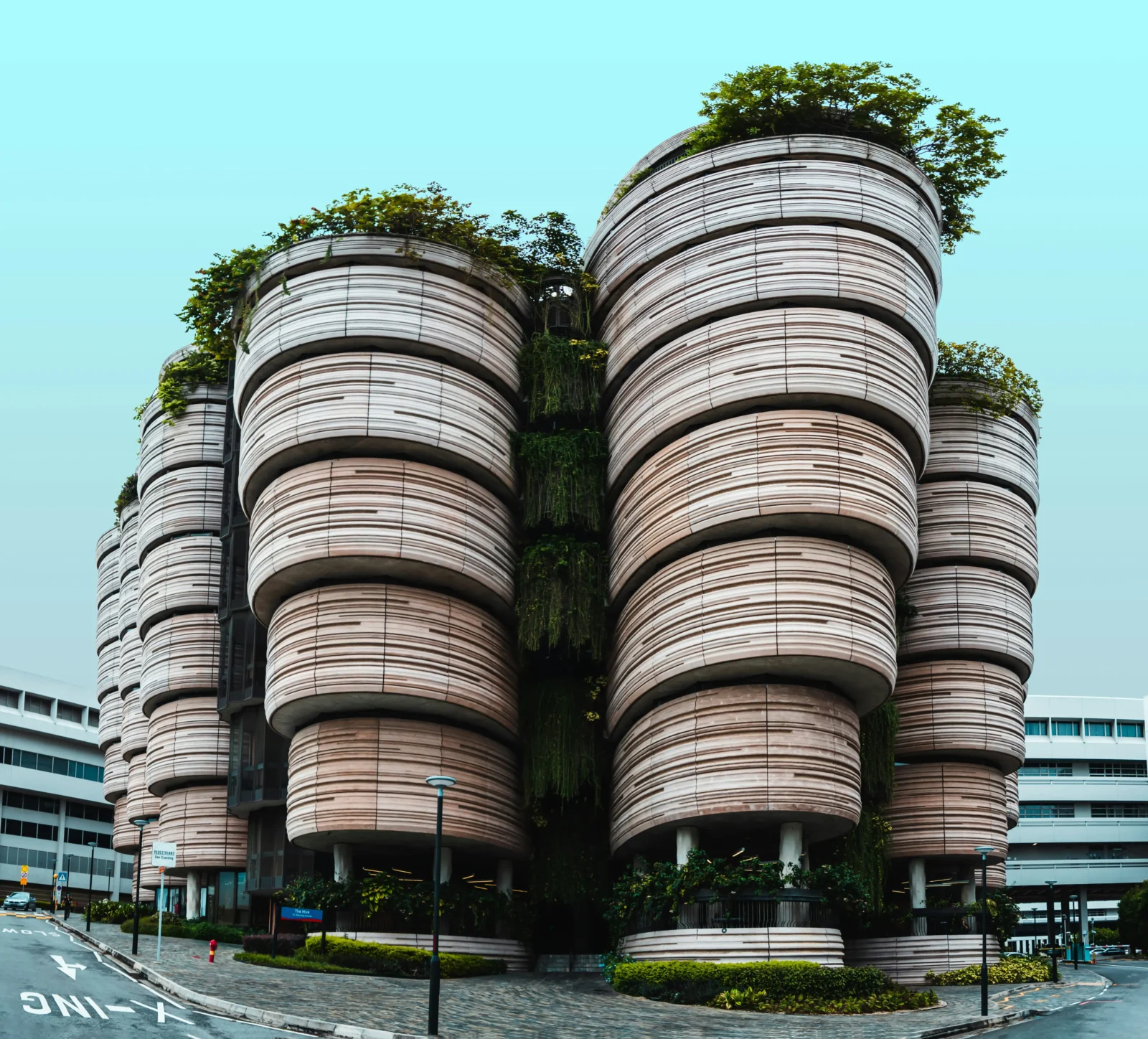- Home
- Articles
- Architectural Portfolio
- Architectral Presentation
- Inspirational Stories
- Architecture News
- Visualization
- BIM Industry
- Facade Design
- Parametric Design
- Career
- Landscape Architecture
- Construction
- Artificial Intelligence
- Sketching
- Design Softwares
- Diagrams
- Writing
- Architectural Tips
- Sustainability
- Courses
- Concept
- Technology
- History & Heritage
- Future of Architecture
- Guides & How-To
- Art & Culture
- Projects
- Interior Design
- Competitions
- Jobs
- Store
- Tools
- More
- Home
- Articles
- Architectural Portfolio
- Architectral Presentation
- Inspirational Stories
- Architecture News
- Visualization
- BIM Industry
- Facade Design
- Parametric Design
- Career
- Landscape Architecture
- Construction
- Artificial Intelligence
- Sketching
- Design Softwares
- Diagrams
- Writing
- Architectural Tips
- Sustainability
- Courses
- Concept
- Technology
- History & Heritage
- Future of Architecture
- Guides & How-To
- Art & Culture
- Projects
- Interior Design
- Competitions
- Jobs
- Store
- Tools
- More
Understanding Ecological Boundaries of Urban Design for Sustainable Cities
Discover how urban design can align with ecological boundaries to foster sustainable cities. This article explores the integration of natural systems, effective resource management, and community engagement in urban planning. Learn how redefining urban living by incorporating green infrastructure, promoting biodiversity, and ensuring social equity can lead to resilient communities.

As urban areas continue to expand, the need for sustainable design becomes more critical. We’re at a crossroads where ecological boundaries must guide our urban planning decisions. It’s not just about creating functional spaces; it’s about fostering environments that respect and enhance our natural ecosystems.
By understanding these boundaries, we can create urban landscapes that harmonize with nature rather than disrupt it. Incorporating ecological principles into our designs allows us to address pressing issues like climate change, biodiversity loss, and resource depletion. Together, we can redefine urban living, ensuring our cities thrive while protecting the planet for future generations.

Table of Contents
ToggleUnderstanding Ecological Boundaries of Urban Design
Ecological boundaries in urban design define the limits and interactions between urban development and natural ecosystems. These boundaries guide how we plan, develop, and manage urban spaces to minimize environmental impact. Recognizing these boundaries fosters a sustainable relationship between cities and their surrounding environments.

Key Principles of Ecological Boundaries
- Integration of Natural Systems: Urban design must incorporate local flora and fauna. By integrating green spaces, we create habitats and promote biodiversity.
- Water Management: Effective urban planning includes sustainable water management practices. Implementing features like permeable pavements and rain gardens helps manage stormwater and reduce runoff.
- Energy Efficiency: Urban areas should prioritize renewable energy sources. We can achieve this through solar panels and building designs that maximize natural light and ventilation.
- Waste Management: Sustainable urban environments promote waste reduction and recycling initiatives. Implementing composting programs and efficient waste collection systems supports ecological health.
- Transportation Planning: Sustainable transportation options enhance ecological boundaries. We can encourage public transit, biking, and walking, reducing reliance on fossil fuels.
Benefits of Recognizing Ecological Boundaries
- Enhanced Resilience: Cities designed within ecological limits better withstand climate challenges. This resilience supports communities in adapting to environmental changes.
- Improved Quality of Life: Sustainable urban environments contribute to healthier lifestyles. Access to parks and green spaces promotes mental and physical well-being.
- Economic Viability: Sustainable practices in urban design often lead to cost savings. Energy-efficient buildings and well-planned infrastructure reduce long-term operational costs.
- Community Engagement: Involving communities in the planning process fosters a sense of ownership. Engaged citizens contribute to a shared vision for a sustainable urban future.
By understanding and implementing ecological boundaries in urban design, we create spaces that respect our planet and enhance the quality of urban life. Our commitment to these principles ensures sustainable development while addressing critical ecological challenges.
Importance of Ecological Boundaries
Ecological boundaries play a vital role in urban design by guiding sustainable practices and fostering resilient communities. By recognizing these boundaries, we promote environmental stewardship and enhance our urban environments.

Environmental Sustainability
Environmental sustainability remains a cornerstone of urban design. It focuses on balancing development with natural resources’ preservation. Sustainable urban design integrates green spaces, promotes biodiversity, and emphasizes the efficient use of resources. It takes advantage of renewable energy sources to reduce greenhouse gas emissions. For instance, implementing green roofs, permeable pavements, and urban forests enhances air quality and minimizes urban heat effects. By recognizing ecological boundaries, cities can achieve a sustainable equilibrium that supports both human and ecological needs.
Social Equity
Social equity is essential within the framework of ecological boundaries. Equitable urban design ensures that all community members benefit from green spaces, public services, and sustainable practices. We promote inclusivity by providing access to resources and amenities, particularly in marginalized neighborhoods. Participation in decision-making fosters a sense of ownership and empowerment among residents. For example, community gardens and local parks in urban areas provide significant social and environmental benefits. By addressing social equity alongside ecological boundaries, we create cities that foster harmony, sustainability, and resilience for everyone.
Key Concepts in Urban Design
Key concepts in urban design revolve around sustainability, ecological boundaries, and community engagement. These principles guide us in shaping urban environments that coexist harmoniously with nature.

Green Infrastructure
Green infrastructure refers to a network of natural and semi-natural systems that provide environmental, economic, and social benefits. It includes elements like parks, green roofs, urban forests, and rain gardens. Implementing green infrastructure enhances stormwater management, improves air quality, and mitigates the urban heat island effect. Research indicates that incorporating green infrastructure can reduce surface runoff by up to 30%, leading to healthier urban ecosystems.
Biodiversity Integration
Biodiversity integration involves incorporating diverse plant and animal species into urban design. This principle supports ecological resilience and enhances overall urban health. Strategies include creating habitat corridors, preserving native vegetation, and designing multifunctional green spaces. Cities that foster biodiversity improve ecosystem services, such as pollination and nutrient cycling. Studies show that urban areas with higher biodiversity can increase residents’ mental and physical health, making biodiversity a crucial aspect of sustainable urban environments.
Challenges in Urban Design
Urban design faces several challenges that hinder the integration of ecological boundaries into development projects. Understanding these challenges is essential for creating sustainable urban environments.

Urban Sprawl
Urban sprawl refers to the uncontrolled expansion of urban areas into surrounding rural land. This phenomenon leads to habitat destruction, increased greenhouse gas emissions, and inefficient resource use. We observe that urban sprawl often results in fragmented ecosystems, reducing biodiversity and diminishing community connection to nature. Mitigating urban sprawl requires innovative planning practices, such as promoting mixed-use developments, enhancing public transportation, and implementing smart growth strategies. These approaches encourage denser, more walkable communities, which preserve natural landscapes and foster social interactions.
Climate Change Impacts
Climate change poses significant challenges to urban design, affecting everything from water management to energy consumption. Increased frequency and intensity of extreme weather events create vulnerabilities for urban infrastructure and ecosystems. We recognize that urban areas face rising temperatures, flooding, and reduced air quality due to climate change. Implementing adaptive design solutions, such as permeable surfaces for stormwater management and energy-efficient building materials, can enhance urban resilience. By prioritizing climate adaptability, we strengthen cities against unpredictable environmental changes, ensuring long-term sustainability and livability for all residents.
Strategies for Sustainable Urban Planning
Sustainable urban planning relies heavily on the active participation of communities and robust policy frameworks. These strategies ensure cities develop in ways that respect ecological boundaries while enhancing quality of life for residents.

Community Involvement
Community involvement is essential in sustainable urban planning. Engaging residents in the design process fosters a sense of ownership and accountability. We can utilize tools such as public workshops, surveys, and focus groups to gather input and feedback. Through collaborative platforms, we empower communities to express their needs and concerns. Incorporating local knowledge enhances design solutions that reflect cultural and ecological contexts, leading to long-term community satisfaction. Examples of successful community-led projects include community gardens and urban renewal initiatives that prioritize green space and biodiversity.
Policy and Regulation
Policy and regulation form the backbone of sustainable urban design. Local governments must adopt policies that promote sustainability and ecological preservation. Implementing zoning laws that encourage mixed-use developments limits urban sprawl while fostering vibrant neighborhoods. Establishing incentives for sustainable practices, such as tax breaks for green building projects, can drive investment in eco-friendly infrastructure. Regulations that mandate sustainability benchmarks in new developments ensure long-term adherence to ecological principles. Regular policy reviews and updates also allow us to adapt to changing environmental conditions and community needs. By prioritizing comprehensive policies, we guide urban planning toward sustainable futures while respecting ecological boundaries.
Conclusion
Urban design must prioritize ecological boundaries to ensure a sustainable future for cities. By recognizing the limits of natural ecosystems, we create opportunities for developments that enhance biodiversity, improve quality of life, and mitigate climate change impacts. Emphasizing natural system integration, effective water management, and sustainable transportation leads to resilient urban environments.
We advocate for green infrastructure that combines parks, green roofs, and habitat corridors, promoting environmental benefits and social well-being. Together, we can tackle urban sprawl by implementing mixed-use developments and improving public transportation. Adopting adaptive design strategies, such as permeable surfaces and energy-efficient materials, addresses climate change challenges while fostering livability.
Community engagement plays a crucial role in shaping urban spaces. Involving residents through workshops and surveys allows us to create environments that reflect their needs and priorities. Our efforts must also include robust policies that promote sustainability, ensuring that all community members benefit from eco-friendly initiatives. By aligning urban design with ecological principles, we set the foundation for cities that thrive in harmony with the natural world.
- cities and ecological boundaries
- eco-friendly urban solutions
- eco-urbanism
- ecological urban planning
- environmentally friendly architecture
- environmentally sustainable cities
- green city planning
- green urban development
- sustainable cities
- sustainable city development
- sustainable city projects
- sustainable infrastructure design
- sustainable urban design
- sustainable urban growth
- urban boundaries in design
- urban design and environment
- urban design innovation
- urban ecological impact
- urban ecology
- Urban Green Spaces
- urban sustainability
Submit your architectural projects
Follow these steps for submission your project. Submission FormLatest Posts
8 Examples of Successful Disaster Resilient Architecture
As climate risks increase, architects around the world are creating innovative structures...
Preventing Cyber Threats in Smart Buildings by Design
The trend of integrating IoT technologies into buildings isn’t going away. More...
Procreate vs Photoshop: Should Architects and Designers Use Them for Architecture Work?
Procreate vs Photoshop for architects: see when to sketch on iPad and...
A Beginner’s Guide to Using Heat Pumps
Understanding home heating and cooling can be confusing, especially if you’re starting...












Leave a comment